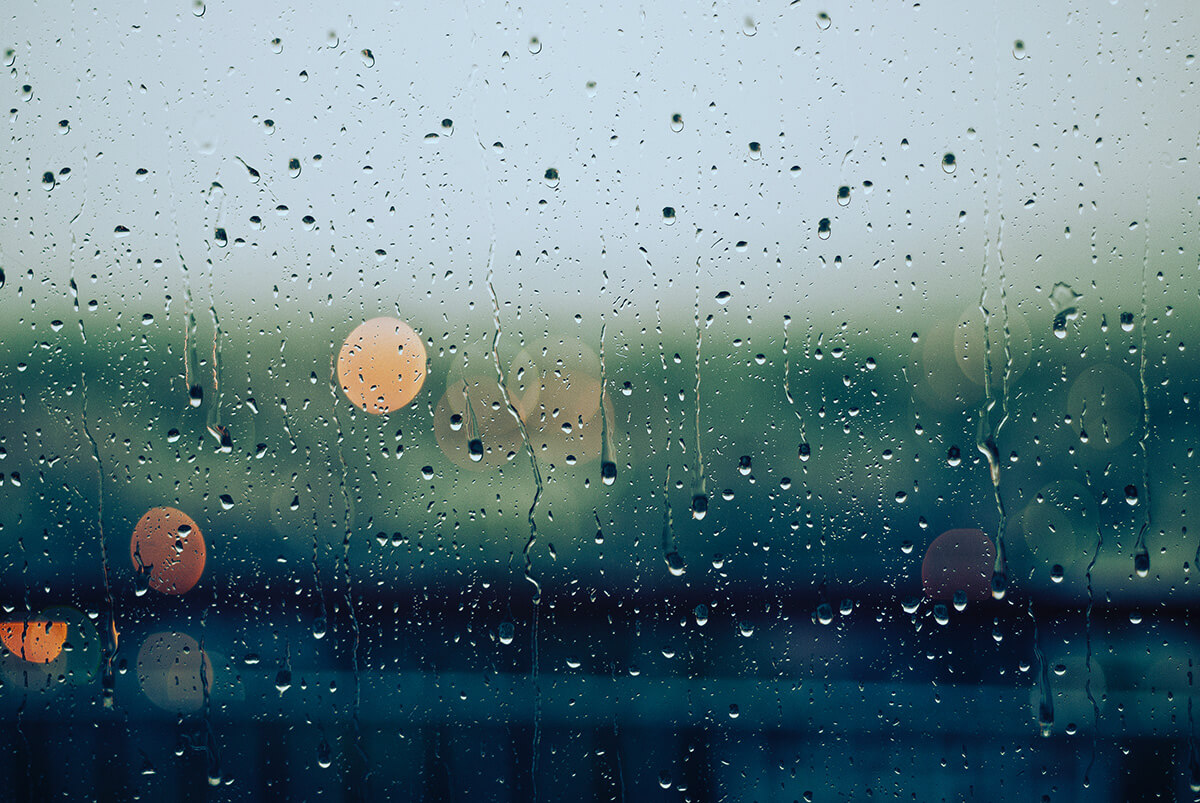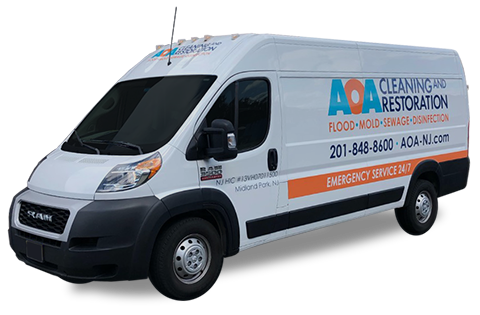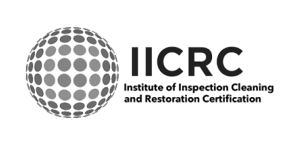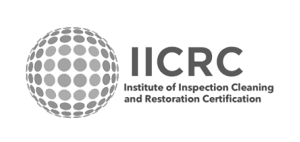April showers bring May…mold? It’s true: wet months like March, April, and May can do great things for your lawn and gardens, but they do have some unfortunate side effects when water and moisture gets into your home. Damp conditions and higher humidity levels create the perfect environment for mold spores to grow—on window sills, in walls, and in lots of other places.

As the winter snow melts and spring warms things up, here are a few steps to take to prevent mold from growing in your home:
Regulate the humidity level.
Basements tend to be big culprits for mold growth because they are underground. Soil that gets saturated with water around the basement walls, downstairs clothes dryers that don’t have proper venting, water under the foundation, and foundation leaks can all raise the level of humidity in your basement—and mold loves humidity. Buy a few plug-in humidifiers or check to see if your HVAC system has one built in. Reduce your indoor humidity to 30 to 60%.
Vacuum carpets often.
Carpet collects dust, dirt, pollen, mold spores, and more, which can exacerbate any mold problem. Why? Because mold feeds on such particles. The best thing you can do is vacuum frequently using a machine that has a high-efficiency particulate absorption (HEPA) filter. This type of vacuum is far superior to its competition and picks up those small particles that contribute to mold issues. Of course, in areas where there is a perpetual moisture problem (like a bathroom or laundry room), choose tile or concrete flooring rather than carpet.
Fix any leaks.
Winter can be hard on a home, especially if you haven’t done a great job winterizing your all windows and doors. As things warm up, check your entire home for leaks, starting with the attic then moving on to the foundation, windows, pipes connected to the home, window wells, and doors.
Clean up properly after a flood or burst pipe.
Major water damage due to a flood or sewage backup can cause severe mold growth, so it’s important to remediate the area right away. You must use the right type of chemicals to kill the mold and you may need to remove walls, carpeting, and cabinetry. AOA Cleaning & Restoration’s trained mold specialists can help if you are ever in this unfortunate situation.
Mold and spring unfortunately go hand in hand! Where there is moisture, there is often mold, and it can create the perfect conditions for mold to grow and thrive. Although mold requires more than just moisture to grow (it also needs mold spores, host/food, and moderate temperatures), the Environmental Protection Agency says that the most practical way to control indoor mold growth is to control moisture by taking the precautions mentioned here.
However, once mold is present, it’s not going to go away. If you’re concerned about mold in your home or happen to notice it growing in one or more places, it’s worth giving us a call to address the problem. AOA Cleaning and Restoration doesn’t just remove and remediate mold. We educate homeowners on how to correct the source of the mold and avoid problems going forward. Call us at 201-848-8600 to learn more or for help restoring your home to its original condition.




















